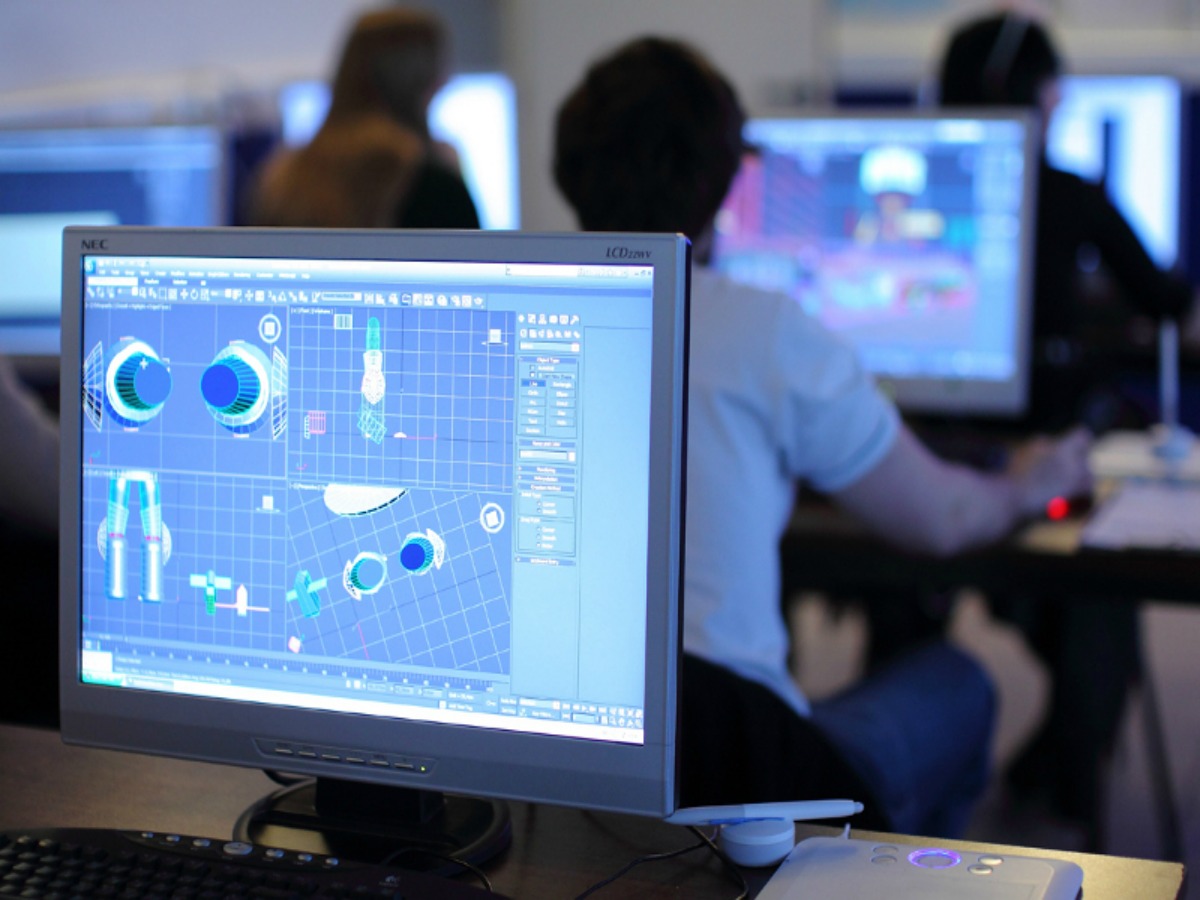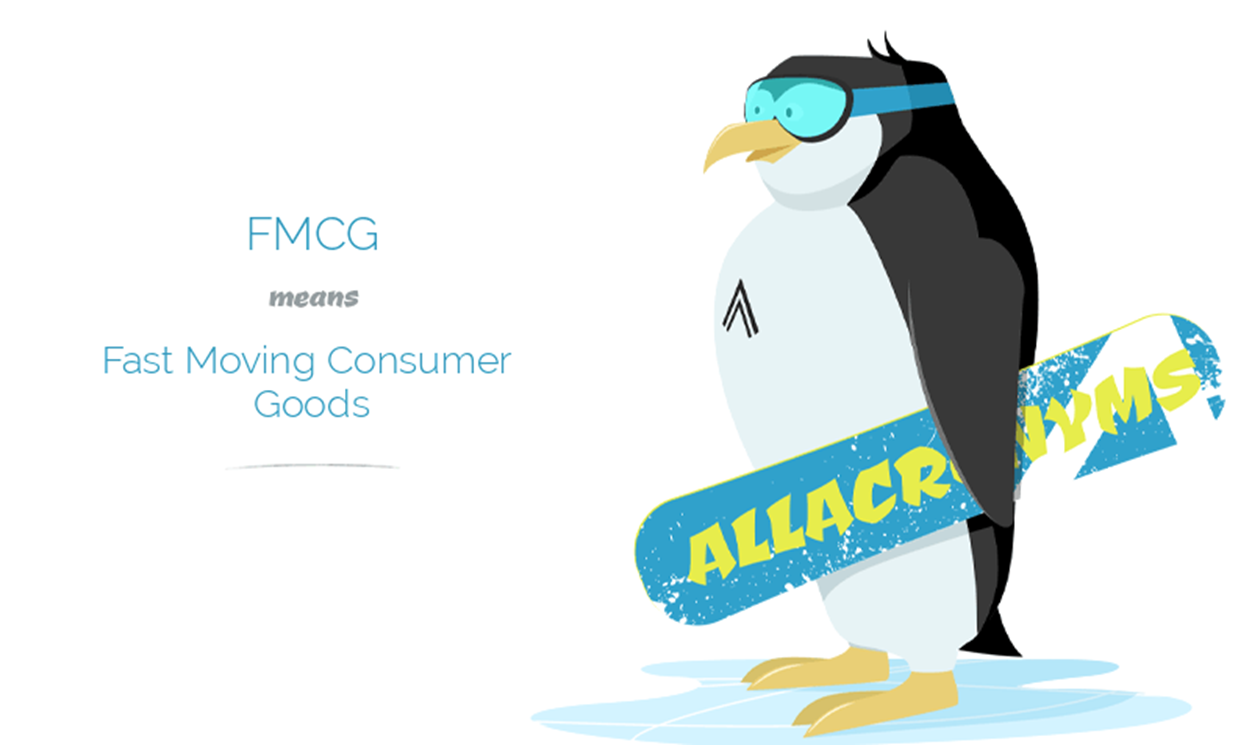Game programming - Wikipedia, the free encyclopedia. This article is about the specifics of the programming aspect of video game development, for a broader overview see video game development. Game programming, a subset of game development, is the software development of video games. Game programming requires substantial skill in software engineering as well as specialization in one or more of the following areas, which overlap heavily to create a game: simulation, computer graphics, artificial intelligence, physics, audio programming, and input. For massively multiplayer online games, additional areas, such as network programming and database programming are often included. Though often engaged in by professional game programmers, many novices may program games as a hobby. Development process[edit]Professional game development usually begins with a game design, which itself has several possible origins.

Occasionally the game development process starts with no clear design in mind, but as a series of experimentation. For example, game designer. Will Wright began development of The Sims by getting programmers to experiment with several ideas. Prototyping[edit]Programmers are often required to produce prototypes of gameplay ideas and features.
A great deal of prototyping may take place during pre- production, before the design document is complete, and may help determine what features the design specifies. Prototypes are developed quickly with very little time for up- front design and mostly act as a proof of concept or to test ideas. They are not expected to work flawlessly, but are developed to try out new, sometimes exotic, ideas. Game design[edit]Main article: Game design. Though the programmer's main job is not to develop the game design, the programmers often contribute to the design, as do game artists. The game designer will solicit input from both the producer and the art and programming lead for ideas and strategies for the game design.
Often individuals in non- lead positions also contribute, such as copywriters and other programmers and artists. Programmers often closely follow the game design document. As the game development progresses, the design document changes as programming limitations and new capabilities are discovered and exploited. Production[edit]During production, programmers may create a great deal of source code to create the game described in the game's design document. Along the way, the design document is modified to meet limitations or expanded to exploit new features.
Hot! Game Design at Full Sail University: When you graduate from the Game Art & Design program, you will have the training and skills you need to compete for jobs in. Video Game Programmer For game design programming jobs, the education requirement is typically a bachelor's degree in video game development, computer science.

Game programming, a subset of game development, is the software development of video games. Game programming requires substantial skill in software engineering as. Unique game site covering Game Ideas, Game Development, Game News & Reviews and Game Cheats. Hi-Rez Studios is looking for a video game-loving 2d Artist / Illustrator to work on our Card Art team at our studio in Alpharetta, Georgia. At Hi-Rez, you will have.



The design document is very much a "living document", much of whose life is dictated by programmer's schedules, talent and resourcefulness. While many programmers have some say in a game's content, most game producers solicit input from the lead programmer as to the status of a game programming development.
The lead is responsible for knowing the status of all facets of the game's programming and for pointing out limitations. The lead programmer may also pass on suggestions from the programmers as to possible features they'd like to implement. With today's visually rich content, the programmer must often interact with the art staff. This very much depends on the programmer's role, of course.
For example, a 3. D graphics programmer may need to work side by side with the game's 3. D modelers discussing strategies and design considerations, while an AI programmer may need to interact very little, if at all, with the art staff. To help artists and level designers with their tasks, programmers may volunteer or be called upon to develop tools and utilities. Many of these may be for a specific purpose and can be buggy due to time constraints (time for development of such tools is often not included in a game's schedule) as well as because they are only for in- house use anyway.
Many game tools are developed in RAD languages for quicker development and may be discarded after the completion of the game. Testing[edit]Main article: Game testing.
The formal quality assurance testing process, performed by professional game testers, begins well into game development. High- budget titles may begin testing with the first playable alpha, while low- budget and casual games might not enter testing until a release candidate is ready. The programmers' task is to fix errors and bugs as such are discovered by the QA teams. Nearing completion[edit]Final tasks include "polishing" the game, such as programmers fixing occasional bugs—from minor to catastrophic—that may arise during the last phases of testing. Game developers may have a beta testing period, but the definition of such varies from developer to developer. Often a beta contains all of the game's features, but may have a few bugs or incomplete content.
Few games are given a public beta period, for example, to measure stress tolerance for game servers. When the game is deemed complete, it is said to have "gone gold" and is shipped off to the publisher. Depending on circumstances, the publisher may then subject it to its own quality assurance or may begin pressing the game from the gold master. Maintenance[edit]Once a game ships, the maintenance phase for the video game begins. Programmers wait for a period to get as many bug reports as possible. Once the developer thinks they've obtained enough feedback, the programmers start working on a patch.
The patch may take weeks or months to develop, but it's intended to fix most bugs and problems with the game. Occasionally a patch may include extra features or content or may even alter gameplay. Duration[edit]Most modern games take from one to three years to complete. The length of development depends on a number of factors, but programming is required throughout all phases of development except the very early stages of game design. Like other software, game development programs are generated from source code to the actual program (called the executable) by a compiler. Source code can be developed with almost any text editor, but most professional game programmers use a full integrated development environment (IDE).
Once again, which IDE one uses depends on the target platform. Popular ones for Xbox and Windows development are Microsoft Visual Studio and Code. Warrior. In addition to IDEs, many game development companies create custom tools developed to be used in- house. Some of these include prototypes and asset conversion tools (programs that change artwork, for example, into the game's custom format).
Some custom tools may even be delivered with the game, such as a level editor. Game development companies are often very willing to spend thousands of dollars to make sure their programmers are well equipped with the best tools.
A well outfitted programmer may have two to three development systems and multiple monitors dominating their office or cubicle. Programming languages[edit]Language. Features. Assembly.
Potentially minimal CPU overhead. CWidely known, widely portable, numerous APIs, compiles to machine code.
C++Object- oriented, widely known, numerous APIs, compiles to machine code. Java. Object- oriented, garbage- collected, widely portable (via a virtual machine)C#Object- oriented, garbage- collected, interfaces with Microsoft products. Lua, Python, Java. Script, etc. Familiar syntax, easily embedded in the above languages, often used for scripting.
Lisp, Smalltalk, Ada, etc. Fringe game languages, although bindings to popular libraries are common. Once the game's initial design has been agreed upon, the development language must be decided upon.
The choice depends upon many factors, such as language familiarity of the programming staff, target platforms, the execution speed requirements and the language of any game engines, APIs or libraries being used. For personal computers, the language selected may be little more than a matter of preference. Language bindings for popular libraries such as SDL and Allegro are widespread,[1][2] and the performance gap between idiomatic code written in modern compiled languages is negligible.[3][4]C++ is a popular choice, as it offers high performance, compiles directly to machine code, and allows for object- oriented practices.[5][6] However, C and Java are also popular candidates.[5][7] Many games are not written in one language exclusively, and may combine two or more languages; For example, Unity, a popular game engine, has different pieces written in C, C++, and C#. For consoles, the support of the target platform is usually the most considered factor. In the past, video games for consoles were written in almost exclusively assembly due to limited resources in terms of both storage and processing speed.[8] However, as technology has advanced, so have the options for game development on consoles. Nintendo currently advocates using the Unity framework when writing video games for the Wii U.[9]. NET languages, such as C#, have good support on Xbox (as well as Microsoft Windows) but have limited capabilities elsewhere.
The Play. Station 4's SDK is based on LLVM and Clang, and ergo, has C and C++ front- ends.[1. High- levelscripting languages are increasingly being used as embedded extensions to the underlying game written in a different programming language such as C++, for the convenience of both the original developer and anyone who would wish to mod the game.
Lua is a very popular choice, as its API is written in ANSI C and the language is designed to be embedded into other applications.[6][1. Python and Java. Script are other popular alternatives.[6] Many developers have created custom languages altogether for their games, such as id Software's Quake. C and Epic Games' Unreal. Script. Vertex and pixel shaders are increasingly used in game development as programmable GPUs have become more prevalent. This has led to the increasing use of high level shading languages in game programming, such as n. Vidia's Cg, though it cannot be used for all of game logic.
 RSS Feed
RSS Feed
